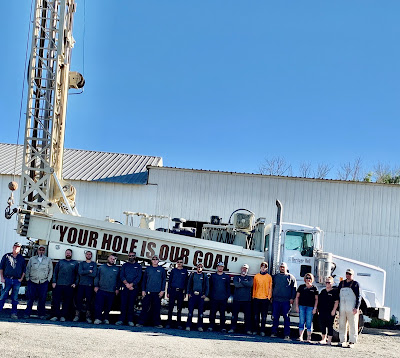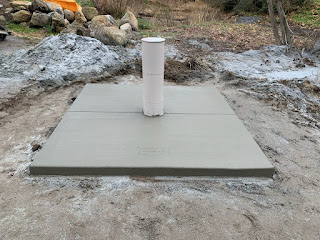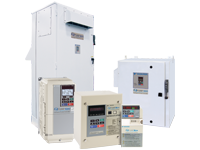Nitrates in Your Well Water

So you have nitrates in your well water? This is a very common item that shows up in wells in Southern California, especially in the Riverside and San Diego Counties. There has been extensive research done regarding the cause, issues created and treatment of nitrates. These are best explained by an article written by Oregon State University in their "Be Well" project. Check out this information here: https://extension.oregonstate.edu/catalog/pub/em-9400-nitrate-your-drinking-water A quick summary of their findings: What is nitrate? Nitrate is a form of nitrogen that is easily dissolved in water. How common is nitrate in private wells? 1 in 5 households that use private wells for drinking water have levels of nitrate that are higher than what would be allowed in public water supplies. Should I be concerned about drinking well water contaminated with nitrate? Nitrate reduces the blood’s ability to carry oxygen, which can lead to many serious health conditions in children...





